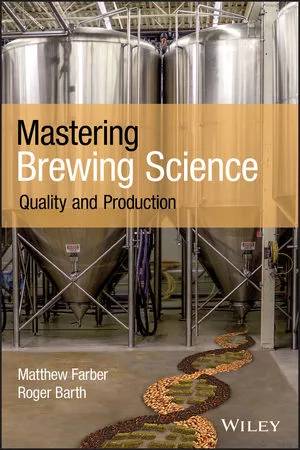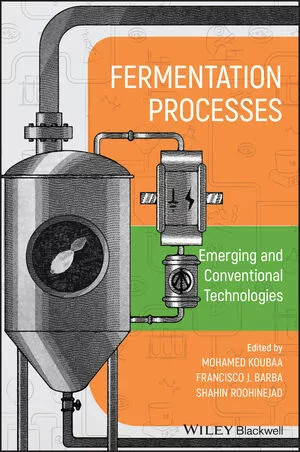2027 EPA standards prompt changes for heavy duty vehicles
New, proposed missions-reduction regulations create a challenging road ahead

In about two years’ time, the nation’s major truck tradeshows likely will begin highlighting conventionally fueled equipment with dramatically reduced emissions if the U.S. Environmental Protection Agency’s (EPA) proposed standards take hold for model-year 2027 vehicles.
Last year, the EPA unveiled a set of proposals geared toward minimizing the levels of greenhouse gases, hydrocarbons, nitrogen oxides (NOx) and particulate matter released into the air. Those standards would apply to light- and medium-duty vehicles and would phase in over model years 2027 through 2032.
In late 2022, the EPA finalized standards for heavy-duty trucks, beginning with model-year 2027 vehicles, the first update to clean air standards for heavy-duty fleet equipment in more than 20 years. The agency says those rules are more than 80% stronger than the current ones and are part of the EPA’s aggressive Clean Truck Plan.
Meanwhile, the California Air Resources Board (CARB) last summer announced a Clean Truck Partnership to help achieve the state’s own zero-emission goals. The Partnership includes some of the country’s leading manufacturers, including Cummins, Daimler Truck North America, Ford Motor Company, General Motors, Hino, Isuzu Technical Center of America, Navistar, PACCAR, Stellantis, Truck and Engineer Manufacturers Association and Volvo Group North America.
The Partnership agreed that CARB would align with the EPA’s 2027 regulations for NOx emissions, which call for NOx emissions to be cut to 0.035 grams per horsepower-hour during normal operation, 0.5 grams at low load and 10 grams at idle. CARB also agreed to modify parts of its 2024 NOx emissions standards, enabling OEMs to provide offsets as necessary to remain consistent with California’s emissions targets. CARB also pledged to provide at least four years of time and at least three years of regulatory stability before it imposes new requirements.
Spokespersons for Daimler, Ford, Navistar, PACCAR, Volvo and Cummins all affirmed their commitment to working toward these goals, with Daimler in particular noting that it’s a key step in the company’s journey to offering only carbon-neutral vehicles by 2039.
Cummins last year announced that it will launch the next engine in its fuel agnostic series, the X10, in 2026, in time to meet the model-year 2027 emissions goals. The engine is designed to replace both its L9 and X12, with the flexibility to be compatible with both medium- and heavy-duty vehicles. Cummins says the X10 will emit 75% NOx than are required for a launch in 2026, and will comply with EPA’s 2027 regulations.
Its fuel-agnostic engine platforms feature a series of units that are derived from a common base engine, meaning that they have several common parts. The similar components will mostly be positioned below the head gasket, with different components for different fuel types situated above the head gasket. Each engine version will operate using a different, single fuel type.
It’s all part of the engine manufacturer’s Destination Zero strategy to ultimately neutralize emissions.
Meeting the proposed rules on both the federal and state (in the case of CARB) levels, will no doubt be challenging for truck manufacturers and fleets and success likely will depend on the acceleration of the development and adoption of zero-emissions technologies like electric vehicles (EVs). EVs continue to dominate industry headlines, but their operational presence in fleets is still relatively small.
We’ll be watching closely how these trends develop.
Looking for a reprint of this article?
From high-res PDFs to custom plaques, order your copy today!





-1170x658.webp?height=200&t=1740501986&width=200)


